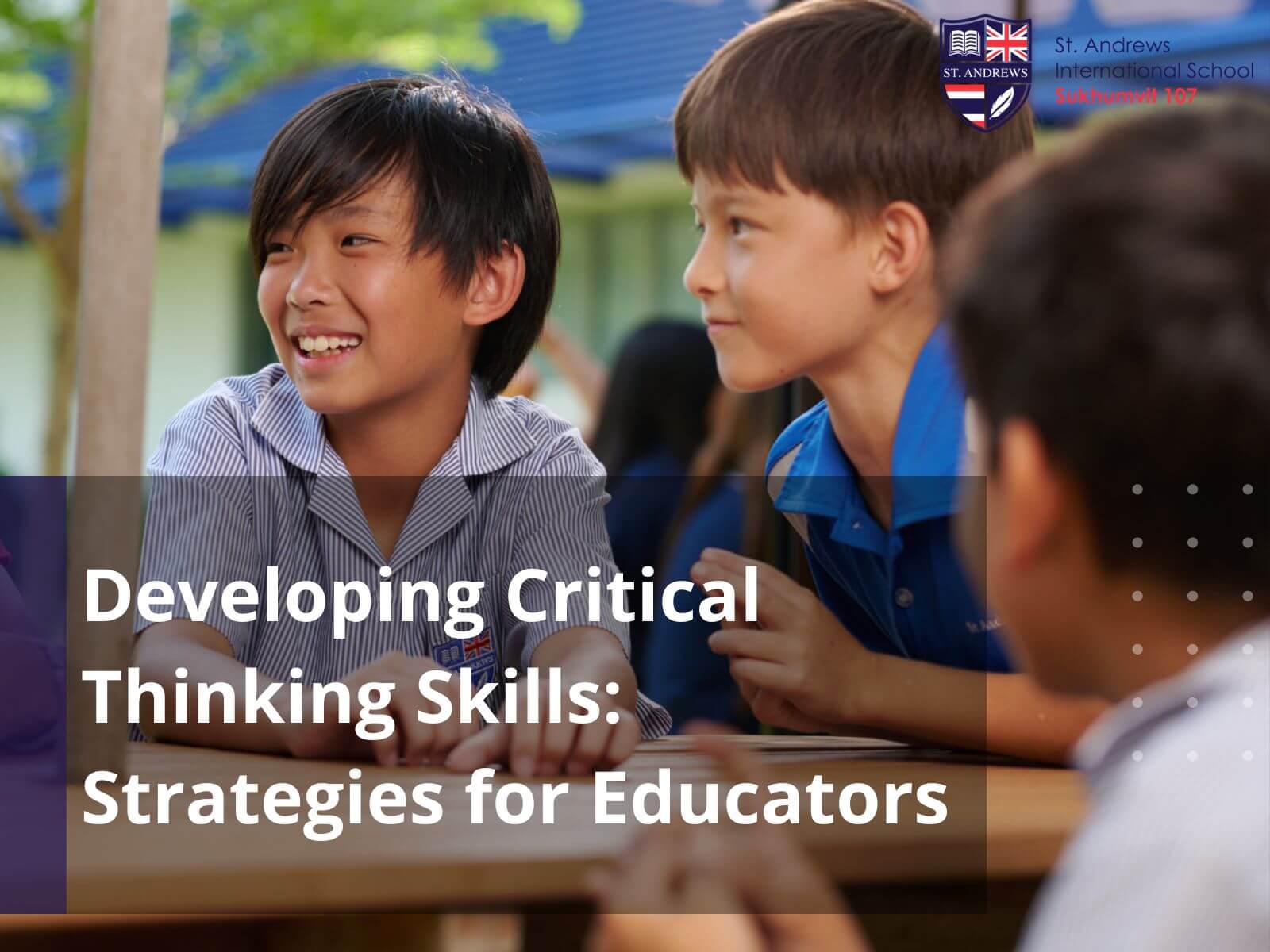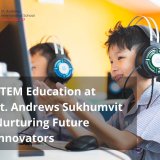Here at St. Andrews International School Sukhumvit S107, it’s our responsibility to integrate critical thinking skills into the classroom as part of our school’s holistic learning system.
This helps prepare our primary and secondary school children for their future university endeavours and even their adult careers as part of the national or global workforce. Our educators deliver a holistic approach to learning that focuses on self-dependency and individualism.
This ensures these young minds can learn how to think for themselves. It also helps foster the right skills, attitude, and knowledge required to reach their full potential as critical thinkers.
Regardless, this blog post will tackle St. Andrews Sukhumvit’s strategies for teaching critical thinking skills to youngsters and how it can benefit them throughout their academic pursuits.
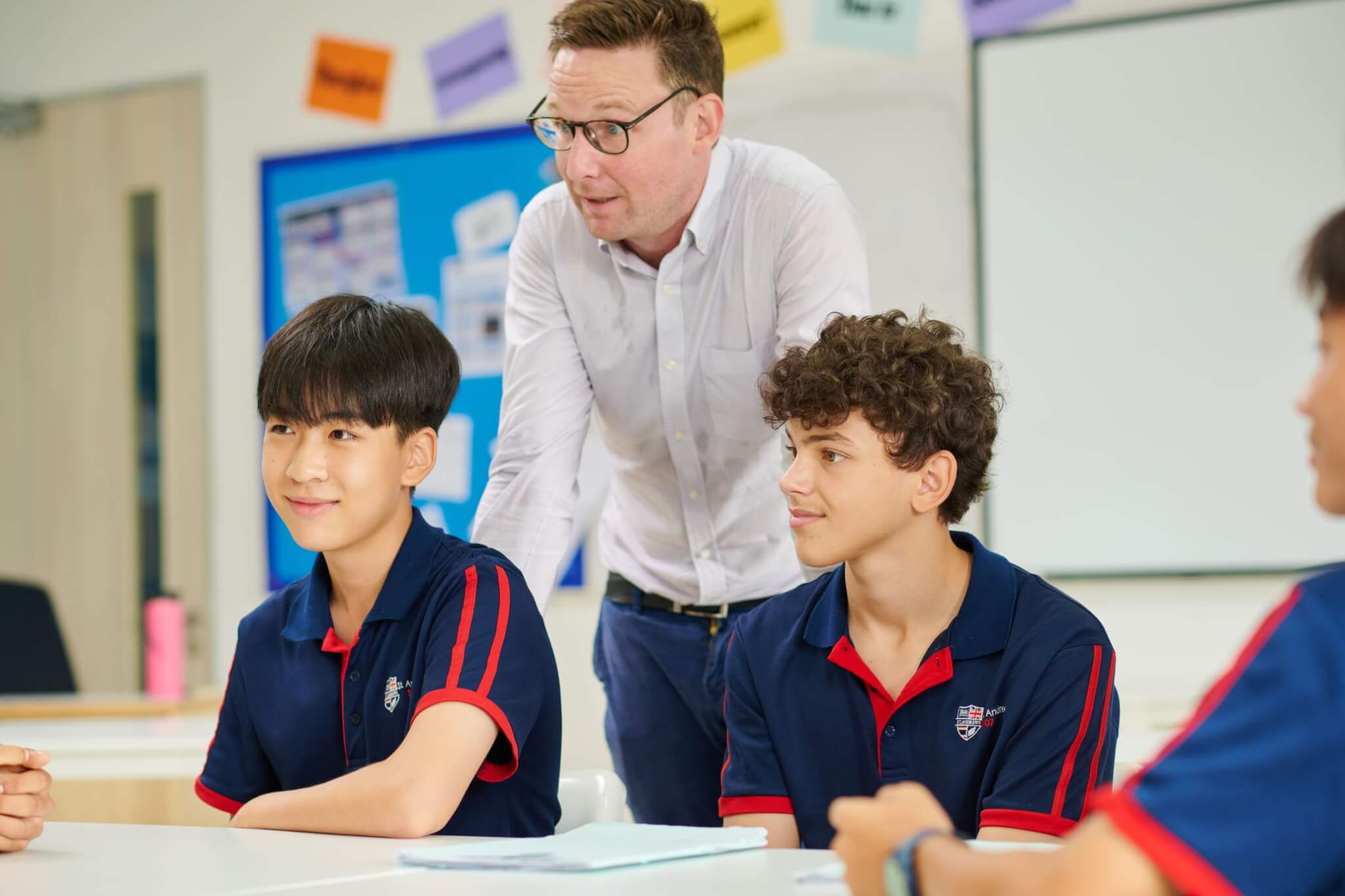
Developing the Critical Thinking Skills of St. Andrews Sukhumvit Children
What is critical thinking? How do educators teach critical thinking to St. Andrews Sukhumvit children and apply it to their academics, languages, the creative arts, sports and physical activity, and daily life?
Our teachers understand that critical thinking skills are crucial in every discipline, from within school to beyond it. Learning it early on can teach children how to manage different aspects of their lives.
We believe in helping youngsters achieve success in both their future and current endeavours by opening their eyes to logic, reason, experimentation, intelligent guesswork, and putting pieces of a puzzle together on their own.
“The art of critical thinking requires you to see things from perspectives other than your own, envision the consequences of your actions, and use your imagination.” (Teacher Quote)
St. Andrews Sukhumvit also wishes to teach pupils the value of critical thinking for future decisions, from choosing their careers to money management as well as voting for the leaders of the country.
The skills instilled by our instructors allow children to act on new information in a critical and informed manner, allowing them to adapt no matter how the world changes.
Although the idea of critical thinking might seem too abstract or nebulous to teach to children, we at St. Andrews Sukhumvit has found multiple ways to teach them how to think for themselves and practise active learning.
Make Time and Room for Reflection
St. Andrews Sukhumvit creates space for its learners to reflect on their ideas so that they’re not dependent on rote memorisation and reciting from recent memory to pass their tests, quizzes, and examinations.
The teachers also show the children how they can push back on their own preconceived notions so that they can question assumptions and analyse hypotheses.
They’re also encouraged to discuss the meaning behind the terms they learn and the formulas they use to solve problems with.
They’re even encouraged to show their work to explain how they arrived at a conclusion instead of just jumping to conclusions based on what’s written in the textbook.
Having some time to reflect on the meaning behind what’s being taught to them allows the children to gain a deeper understanding of concepts and ideas.
Knowing the cause and effect of events or the meaning behind any given concept will also reward the children of St. Andrews Sukhumvit with the ability to better articulate their beliefs and ideas to the class, themselves, and others.
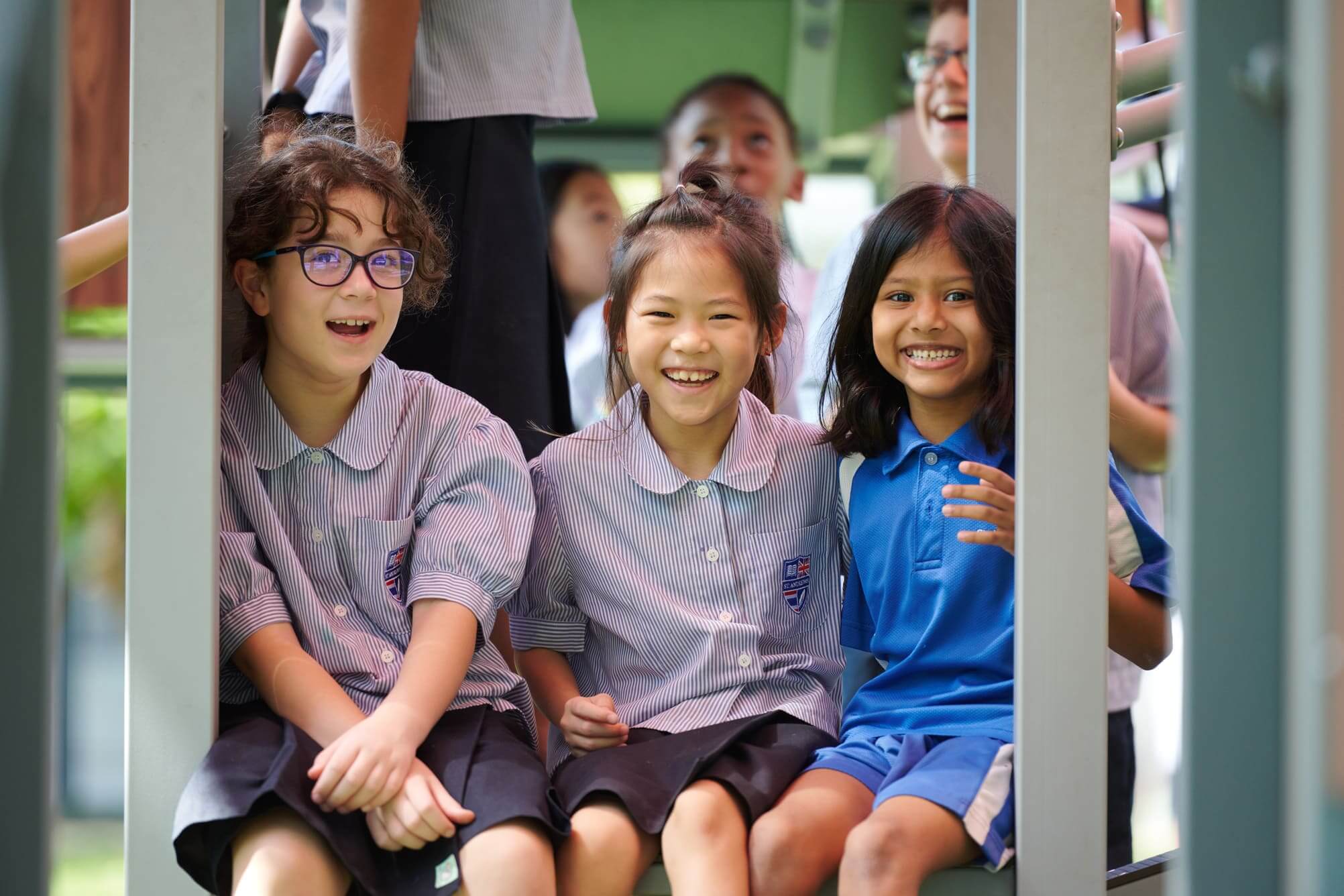
Teach How Logic and Reason Work
Having St. Andrews Sukhumvit teach children how logic and reason work is to teach them reasoning skills they’ll use not only for academics but for everything else for the rest of their lives.
They’re taught to ask themselves, “Is this the best answer? Why or why not? What information supports this answer? Does the information I’ve gathered lead to a different answer? What about the counterargument to it? Does that hold more water?”
Taking time for reflection allows them to more thoroughly consider the perspectives of others so they’d have a more multi-faceted and well-informed take on any issue, concept, or undertaking.
The kids’ reasoning skills should be developed because they compose a significant part of critical thinking. Such skills include argument analysis, assumption identification, evidence evaluation, and logical thinking.
Children who have developed their reasoning skills are better equipped to make informed decisions, troubleshoot different issues, and form opinions they can defend logically and reasonably.
Asking Open-Ended Questions
To prevent children from merely reciting and repeating textbook facts, it’s crucial for our St. Andrews Sukhumvit faculty of instructors to ask open-ended questions that require kids to take positions and explain the meaning behind the facts they’ve learned.
We also encourage them to come up with creative solutions to problems so that they can think out of the box while still applying logic and reason behind every proposal.
The extra dimension of applying school lessons to real-world problem-solving is what these children need to anchor these teachings right into their psyche so that they won’t discard them like they would with the rote memorisation of facts and figures.
Their critical thinking skills get honed better through research, evidence gathering, experimentation, testing hypotheses, and making credible explanations for every conclusion they make.
Posing open-ended questions creates room for discourse inclusive of diverse or even opposing ideas to flourish while putting a critical lens on every one of them.
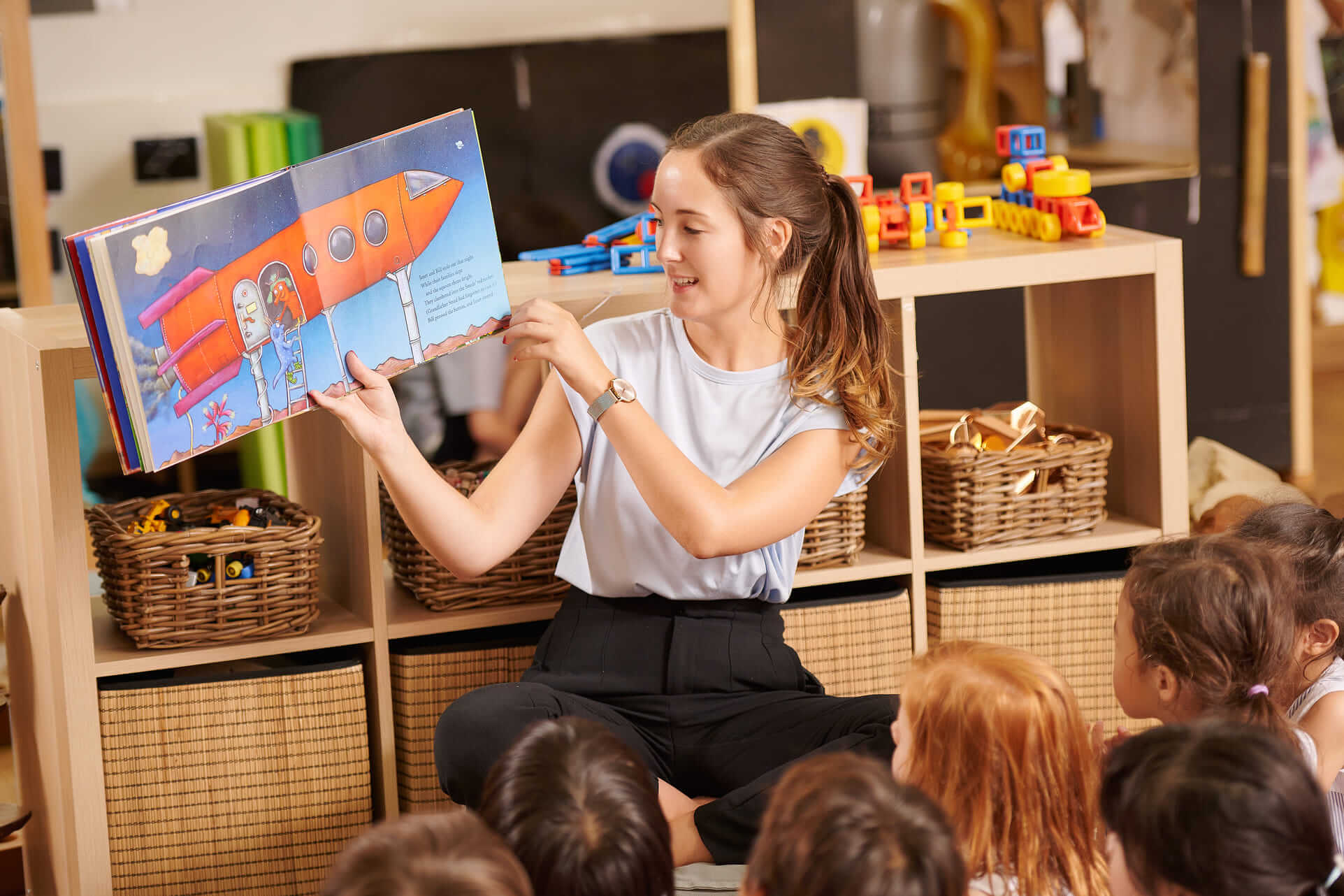
Practical Application and Real-Life Examples
These reasoning skills are taught to our kids using problem-solving activities that require them to apply what they’ve learned in practical applications. For instance, they’re given a real-life problem to solve related to the lesson delivered.
One way the teachers of St. Andrews can do this is by asking their wards to identify any underutilised parts of the campus to create a presentation on ways to redesign it for the better. This project allows them to apply their logic to a relevant, familiar issue.
They have to come up with a solution by themselves based on what they’re taught instead of in other schools where the application is spoon-fed to them, so they never learn on their own.
The children can show their work and then defend the logic behind it to the class to engage in a debate or discourse about whether their reasoning works or not. They can also discuss if the input of their peers has changed their minds.
The school teaches the kids to not jump to conclusions without analysing the facts of the matter first in order to come up with a well-informed belief or opinion on a subject.
In Conclusion
Our teachers at St. Andrews follow a holistic approach to education that hinges on the solid critical thinking and reasoning skills of our learners.
Teaching the young wards of our international school that it’s okay to take a breath and think before they act in a world of instant gratification is of utmost importance since, we’re dedicated to moulding these leaders of tomorrow—today.
St. Andrews International School Sukhumvit S107 rides under the Cognita school group umbrella, which in turn is a worldwide institution that owns and operates schools across Europe, Asia, and the Americas.
Don’t forget to visit the St. Andrews campus to learn about our offerings. Fill out our online form to book a school tour or watch our school’s personalised interactive virtual campus tour for more information.

